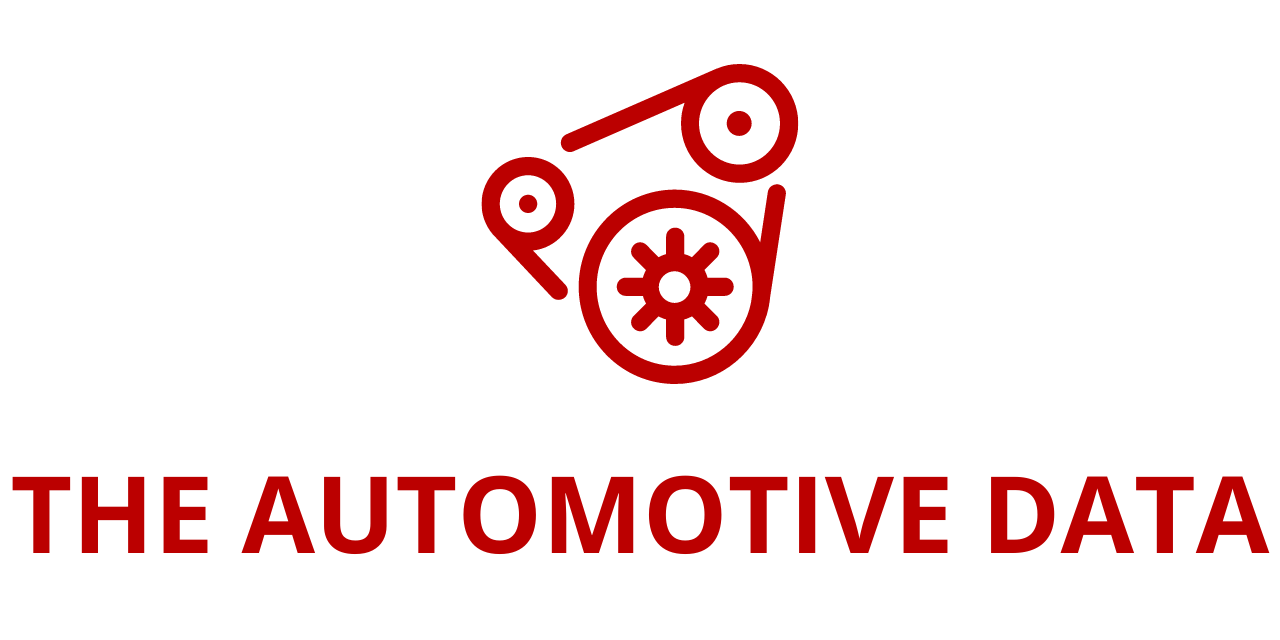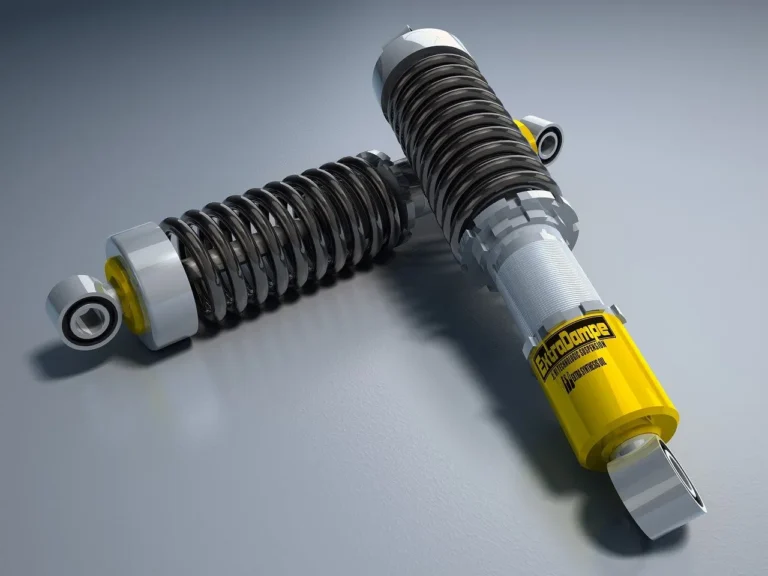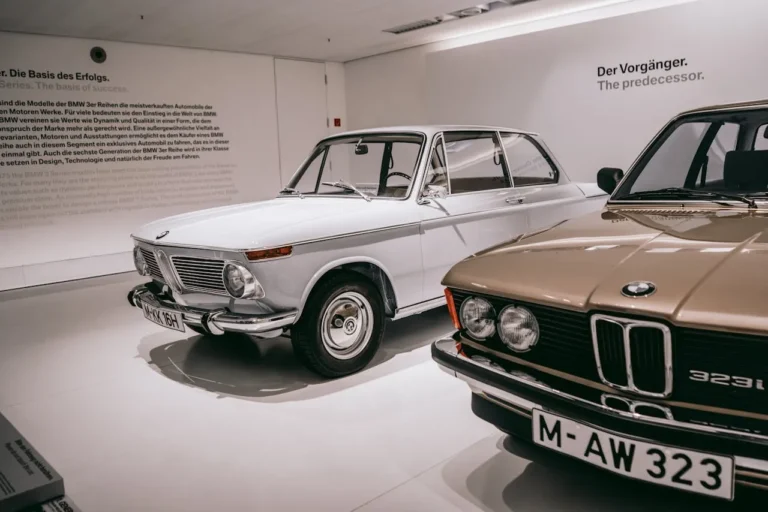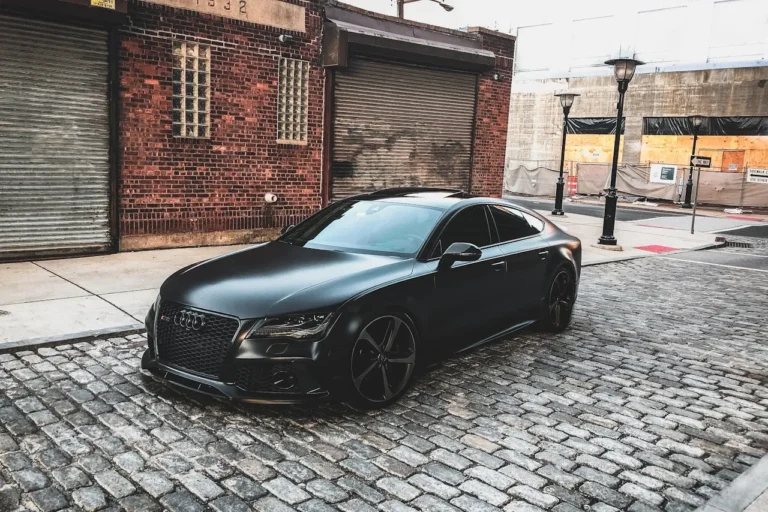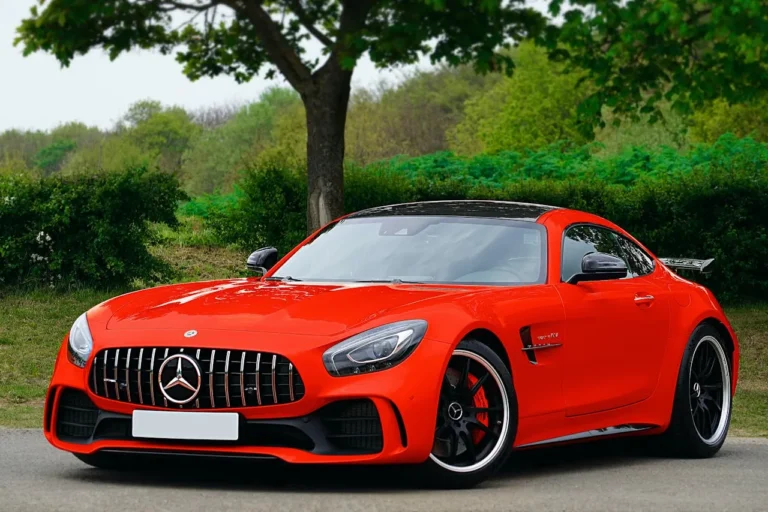
The report “Benchmarking of European OEM Software-Defined Vehicle Strategies, 2024” is now available on ResearchAndMarkets.com. Traditionally, OEMs differentiated their vehicles through mechanical features. However, consumers today prioritize software-driven features like driver assistance, connectivity, and comfort-convenience services.
As electrification, autonomous driving, shared mobility, and connectivity converge, OEMs are transitioning from hardware-defined architectures to software-centric designs. This shift is transforming vehicles into “software on wheels,” reshaping customer expectations, and prompting OEMs to respond with next-generation vehicles.
Much like the mobile phone industry, the automotive sector is undergoing a transformation. OEMs are moving from cyclical revenue models to continuous cash flow generation throughout the vehicle’s life cycle. Software-defined vehicles (SDVs) offer various advantages, including over-the-air (OTA) updates for firmware, infotainment enhancements, and real-time adjustments to core functions such as powertrain and dynamics. This allows OEMs to upgrade vehicles continuously and offer feature-on-demand services, building stronger customer relationships.
SDVs represent a major shift in the automotive industry. This research benchmarks European OEM SDV strategies and evaluates their growth and deployment approaches.
Key Growth Opportunities:
- Evolving Ecosystem
- Feature-on-Demand (FoD) Business Models
- Cross-Industry Collaborations
OEMs Covered:
- BMW
- Mercedes-Benz
- Renault-Nissan-Mitsubishi (RNM)
- Stellantis
- Volkswagen
- Volvo
Topics Covered:
- Growth Environment & Key Findings
- Comparative Analysis: Hardware, Software, SDV Strategies
- Transformation in the Software-Defined Vehicle Sector
For each OEM, the report details hardware and software strategies, potential models on new architectures, and SDV ecosystem approaches. It provides insights into BMW’s platform, Mercedes’ MB.OS, RNM’s software strategy, Stellantis’ STLA architecture, Volkswagen’s VW.OS, and Volvo’s VolvoCar.OS.
